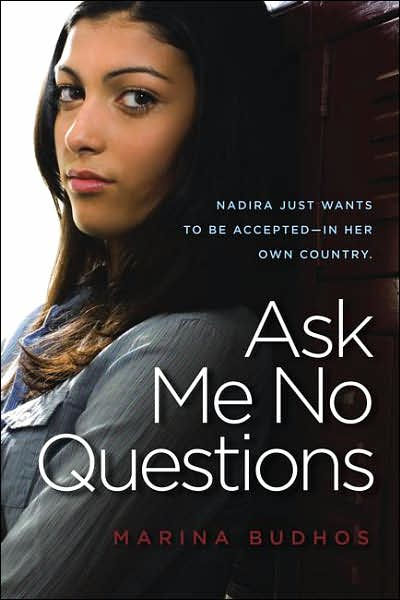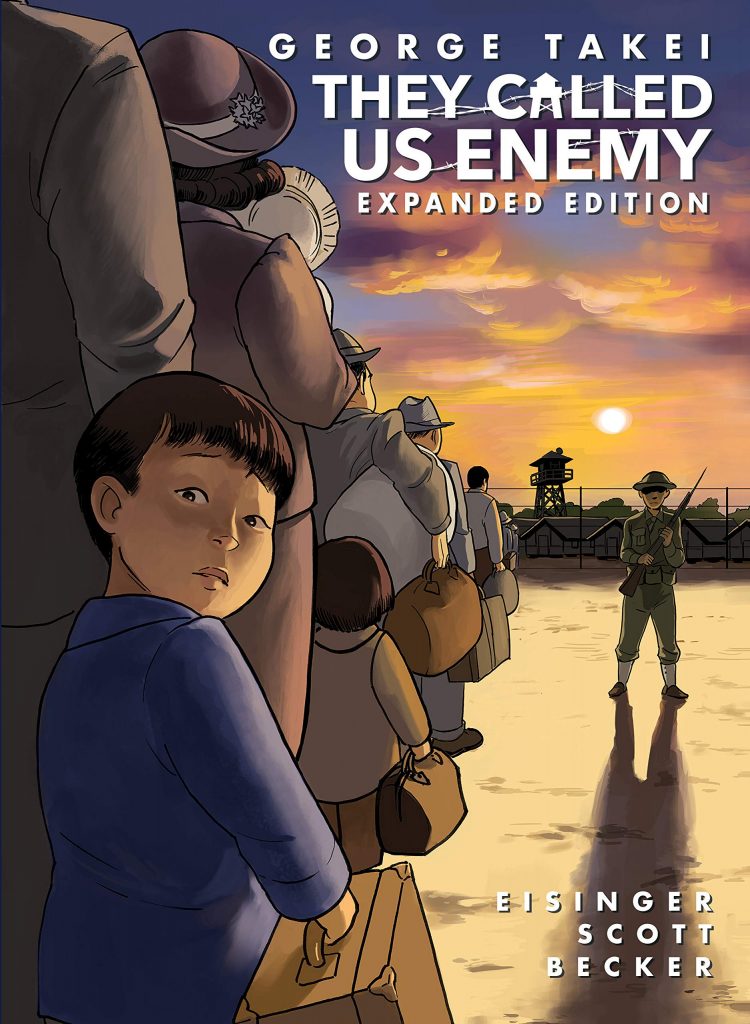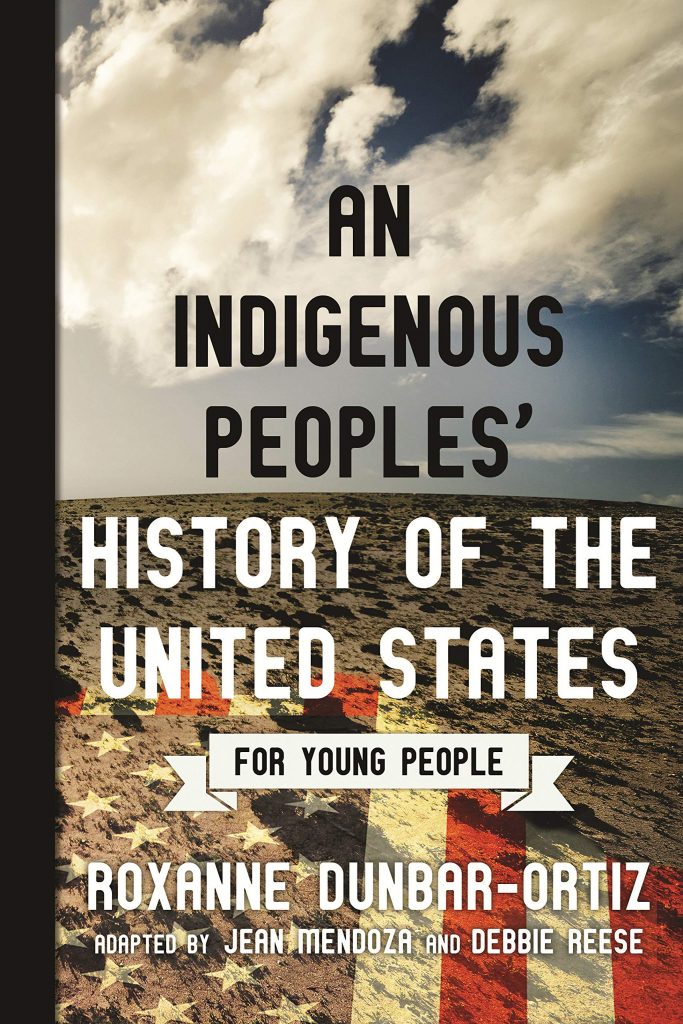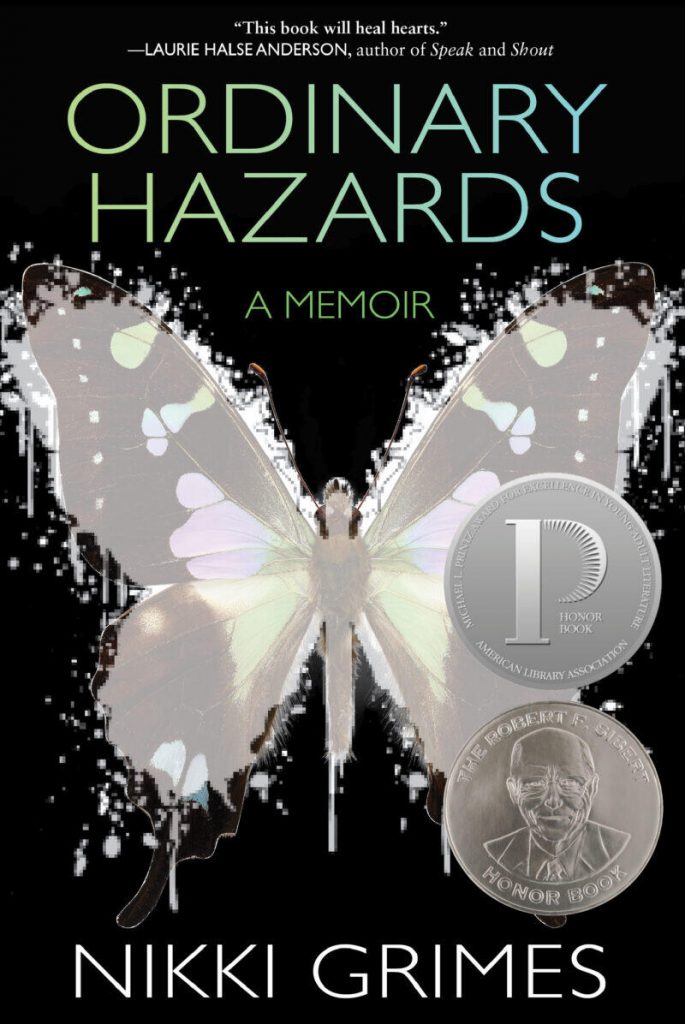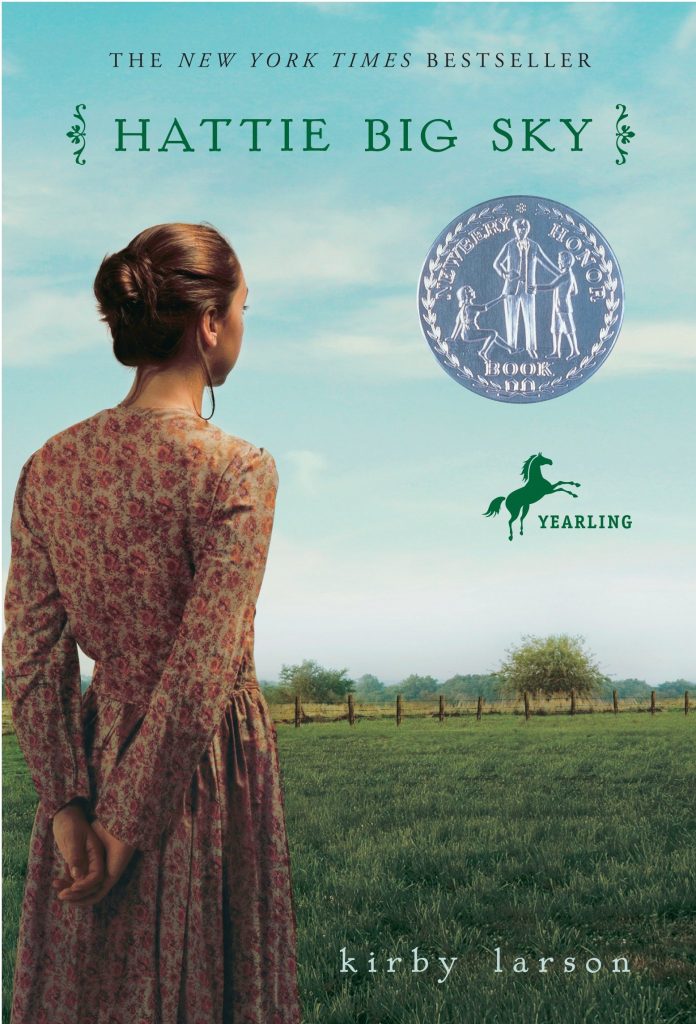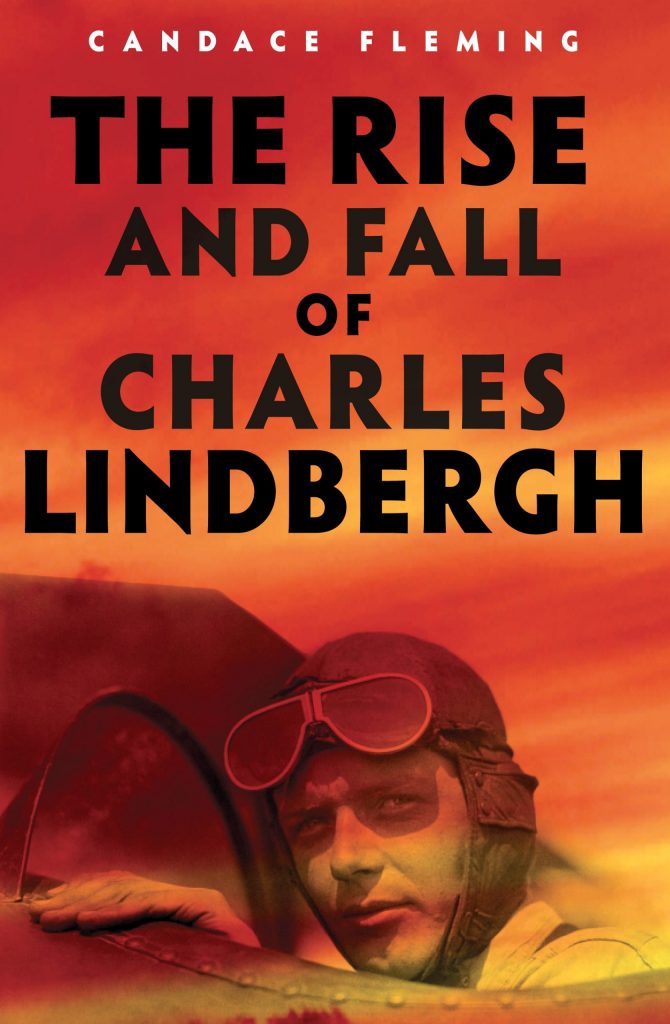
1. Bibliography
Sáenz, Benjamin Alire. 2012. Aristotle and Dante Discover the Secrets of the Universe. New York: Simon & Schuster. ISBN 9781442408920
2. Plot Summary
Aristotle is “fifteen,” “bored,” and “miserable.” He’s also friendless. Although he can’t swim, Ari has the idea to spend his summer at the local pool, sitting around in the shallows. Luckily, Ari meets Dante, another fifteen-year-old, who offers to teach Ari how to swim. The two boys become fast friends and spend the rest of the summer connected at the hip, even though Dante is outgoing and connected to his feelings while Ari is closed off and confused about what he wants. As part of their summer escapades, the two friends see a dying bird in the road and decide to help. But when Ari sees that Dante’s bird-saving efforts have put him in the direct path of a speeding car, Ari makes a split-second decision, pushing Dante out of the way and putting himself in the car’s path instead. Ari spends the rest of the summer in the hospital, trying to heal, and hating Dante and the world for seeing him as a hero.
At the end of the summer, Dante and his parents move to Chicago, but Dante continues writing letters to Ari. Dante begins going to parties in Chicago, getting high and drunk, and kissing girls. Ari wonders what it would be like to kiss a girl and get drunk, and determines to kiss Ileana, a girl he’s interested in, and get drunk in the desert in his new truck. By the end of the school year, Dante writes Ari to tell him that Dante’s realized that when he’s kissing a girl, he’s actually pretending to kiss “a good-looking boy.” In the meantime, Ari has kissed Ileana and wants to continue their relationship, but she admits that she already has a boyfriend. Disillusioned, Ari promises himself that he’ll become “the world’s most casual kisser.”
Dante returns for a final summer and asks Ari if they can kiss, just for an experiment. Ari agrees reluctantly, but tells Dante that he feels nothing. Although disappointed, Dante continues to hang out with Ari and starts seeing another boy, Daniel. When Dante and Daniel are caught kissing in an alley at night, Daniel flees while Dante gets beat up and sent to the hospital. Ari, angry, finds one of the boys that hurt Dante and beats him up. Dante’s parents call a family meeting, informing Dante that his actions show that he loves Ari, and that he should stop running from his feelings. The end of the book finds Ari confessing to Dante and the both of them beginning a relationship together.
3. Critical Analysis
It’s no wonder that fans were still clamoring to read Sáenz’s sequel, Aristotle and Dante Dive into the Waters of the World a whole nine years after the first book was published. Sáenz wrote a queer story that sets itself apart from the rest. Why? First and foremost, it’s so introspective that most readers will find some way to relate to teenage Aristotle. Ari’s feelings of confusion, of loneliness, and of longing are universal. Readers may not have recurring nightmares like Ari or get hit by a car as they come of age, but they may well question their sexual identity, wonder about the meaning of a kiss, feel strange and different than “everybody else,” deem their parents unreachable and unapproachable, and hide their feelings inside. Sáenz doesn’t make his characters “exotic others” because of their sexual orientation. Instead, he makes them engaging, interesting characters that reflect teenage experiences everywhere.
Sáenz’s story is also commendable for the way it addresses sexuality and the varied experiences and difficulties that may come from being queer in America. When Dante realizes that he’s gay, he writes that “I hate that I’m going to disappoint [my parents], Ari. I know I’ve disappointed you too,” and that he’s terrified of telling his dad, imagining the conversation will go something like this: “Dad, I have something to say to you. I like boys. Don’t hate me. Please don’t hate me.” When Ari’s parents gently suggest that Ari’s gay, Ari initially says, “I’m so ashamed,” “it’s not the way things are supposed to be,” and “I hate myself.” Obviously, accepting one’s sexual identity and coming out is not an easy process, whether it’s due to fear of others’ responses (like Dante) or self-shaming (like Ari).
And fear of others’ responses is a legitimate concern: Ari’s mother explains that his aunt Ophelia was shamed and shunned by her family for the rest of her life after she came out. And when Dante is seen kissing Daniel, he gets jumped and ends up in the hospital. Yet, Sáenz also shows the compassion of many others: when the girl Dante’s been kissing realizes that he’s really only interested in guys, there’s no hard feelings and the two remain friends. Ari’s parents show profound love for him when they call a meeting to reassure him that there’s nothing wrong with being gay and that he is never alone. Dante’s parents are similarly kind and loving to Dante when they learn that he’s gay. Sàenz never shies away from the difficulties that queer people face, but he also remembers to imbue his story with compassion, reminding readers that they, too, are never alone.
There were a few plot points that seemed sloppy: Ari’s fling with Ileana suggests his bisexuality, a topic that is never breached, and her disappearance due to getting “knocked up” and married to an unkind boy in a gang is a tragic plot point that’s unfairly glossed over and blamed on her. The characters display a flippant attitude toward illegal drugs, which is distressing. Furthermore, Ari’s quick acceptance of his own sexuality after years of painful torment and denial felt somewhat unrealistic. Still, while it has its faults, Aristotle and Dante Discover the Secrets of the Universe is an important and accessible book that treats its main characters with respect and empathy, extending its reach to readers too, both queer and heterosexual.
4. Rewards and Review Excerpts
Américas Award for Children’s and Young Adult Literature, 2013, Nominee
International Latino Book Award, 2013, Honorable Mention, Young Adult Fiction
Lambda Literary Award, 2013, Winner, LGBT Children’s/Young Adult
Michael L. Printz Award, 2013, Honor Book
Pura Belpré Award, 2013, Winner, Narrative
Stonewall Book Award, 2013, Winner, Young Adult
From Children’s Literature: “As much about family, friendship, and communication as it is about sexual identity, this is a truly powerful story.”
From CLW: “Ultimately, the story line that makes this novel an important addition to the existing coming-of-age body of work is the beautiful way that the story deals with homosexuality and bias, love and hate. Aristotle and Dante Discover the Secrets of the Universe is a novel for a young adult reading audience which handles the issue of sexual awakening and homosexuality respectfully.”
5. Connections
Ari writes down his thoughts in a journal. Give teens their own journals and spread crafts on tables, inviting teens to personalize their journals with stickers and pictures.
Dante likes poetry and art. Challenge teens to draw something with emotion like Dante or, if they don’t like drawing, invite them to write a piece of poetry with emotion. Have an artists’ showcase of finished drawings and poetry.
